
Goat Shelters & Fencing
Goat Shelters and Fencing
You've picked out your goat, but now comes the real challenge: finding the perfect spot for her. No need for a grand barn—just a cozy, dry, and secure place will do the trick.
From crafting the right shelter to choosing the best fencing, we'll guide you through the essentials of goat care without breaking the bank. Ready to make your goat farming journey smoother and more affordable? Dive in to discover practical tips that ensure your milking goats stay happy and safe.
Listen to the podcast Ditch the Store for more insights! For additional information on setting up your goat shelter, check out this helpful guide.
Creating a comfortable home for your goats is crucial for their health and happiness. Let's explore the key elements that make a goat shelter both functional and cozy.
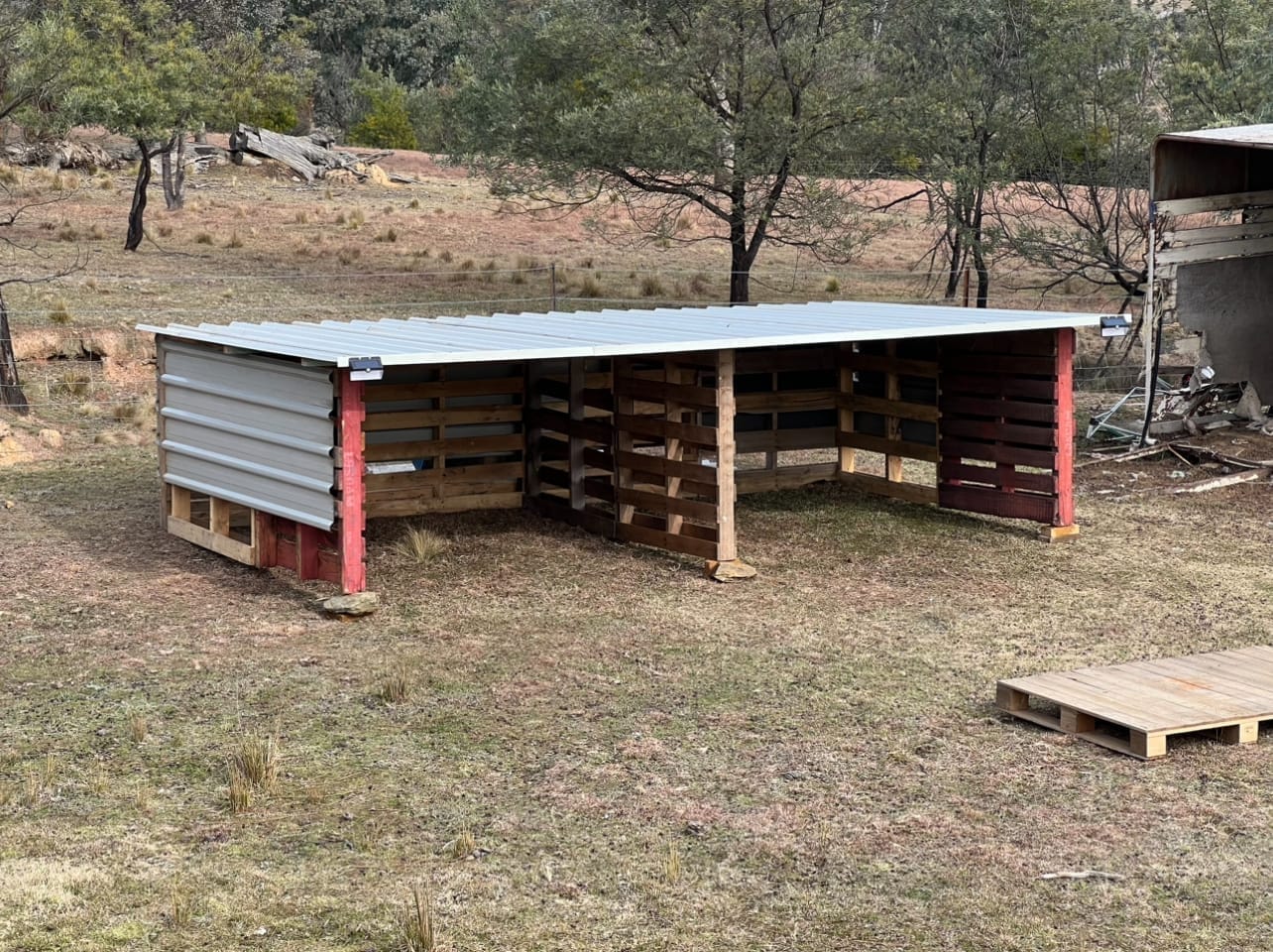
Dry and Draft-Free Spaces
Goats need a dry place to rest and stay warm. A well-designed shelter keeps moisture out and provides a cozy retreat from harsh weather.
Start by choosing a location on higher ground to prevent water pooling. Ensure the roof has a slight slope for proper drainage.
Use sturdy materials like wood or metal for walls and roofing. Seal any gaps or cracks to keep drafts out.
Consider adding a layer of gravel or crushed stone as a base to improve drainage and keep the shelter floor dry.
Ventilation Without Wind
Good air circulation is essential for goat health, but you don't want your shelter to feel like a wind tunnel. Striking the right balance is key.
Install adjustable vents near the roof to allow warm air to escape. This prevents moisture buildup and keeps the air fresh.
Place small windows on opposite walls to create a gentle cross-breeze. Make sure they're high enough to avoid direct drafts on your goats.
In colder months, use removable panels or tarps to control airflow while still maintaining some ventilation.
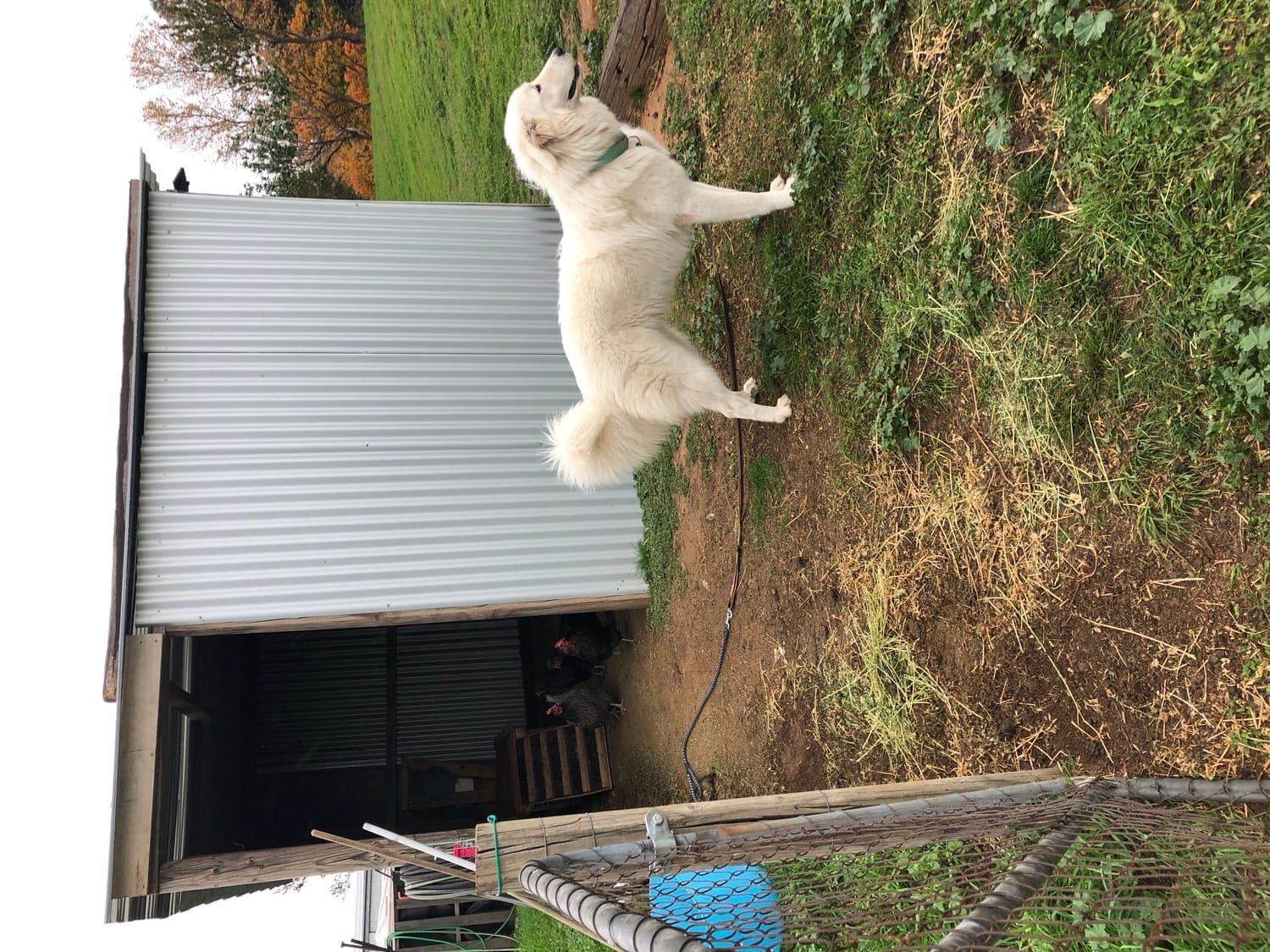
Bedding and Cleanliness
A clean shelter is a healthy shelter. Proper bedding and regular maintenance keep your goats comfortable and reduce the risk of illness.
Use absorbent materials like straw or wood shavings for bedding. Add a thick layer (at least 6 inches) to provide insulation and comfort.
Implement a deep litter system by adding fresh bedding on top of old. This creates a composting effect that generates warmth.
Clean out the shelter completely every few months, or more often if needed. Regular spot-cleaning helps maintain a hygienic environment.
For more detailed guidance on setting up your goat shelter, check out this comprehensive guide from Pack Goats.
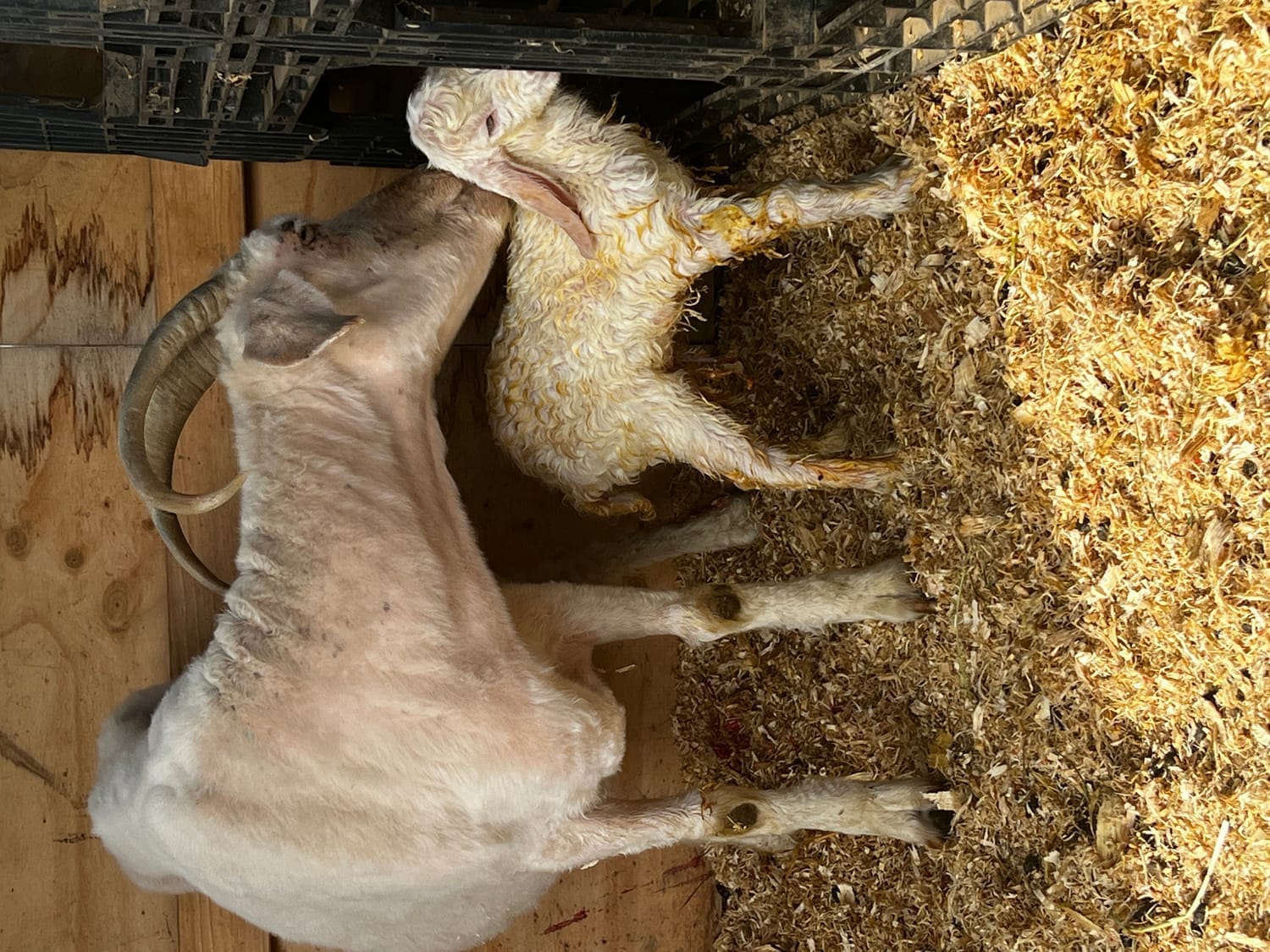
Effective Goat Fencing Solutions
Keeping your goats safe and contained is a top priority.
Let's discuss goat fencing and learn how to create secure boundaries for your caprine companions.
Understanding Goat Escapes
Goats are notorious escape artists, known for their agility and problem-solving skills. Understanding their behavior is the first step in creating effective fencing.
Goats are curious and will test fences regularly. They're also excellent climbers and can squeeze through small gaps.
Watch for signs of boredom or lack of stimulation, as this often leads to escape attempts. Provide plenty of enrichment activities within their enclosure.
Remember that goats are herd animals. A lone goat is more likely to try escaping to find companionship.
Choosing the Right Fencing
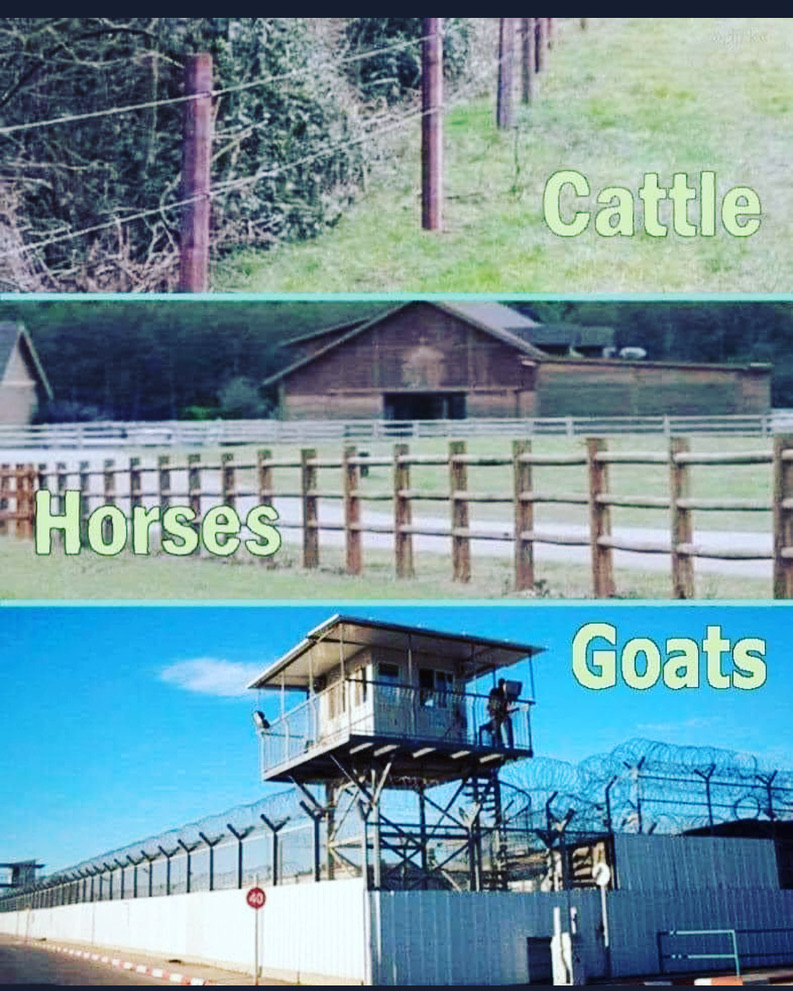
Selecting the appropriate fencing material is crucial for keeping your goats safe and contained. Different options suit various needs and budgets.
Woven Wire Fencing: Durable and effective for most goats. Choose a tight mesh pattern to prevent horns from getting stuck.
Electric Fencing: Works well as a psychological barrier. Use multiple strands at different heights for best results.
Wooden Fencing: Sturdy but requires regular maintenance. Ensure boards are close together to prevent squeezing through.
For a detailed comparison of fencing types, visit New Life on a Homestead.
Fencing Installation Tips
Proper installation is key to the effectiveness of your goat fencing.
Follow these guidelines to ensure a secure perimeter.
Set sturdy corner posts and brace them well.
Install line posts every 2.5-3.5 metres for stability.
Stretch fencing tight to prevent sagging.
Secure the bottom of the fence to prevent goats from pushing underneath.
Consider adding a strand of electric wire at the top and bottom of the fence for extra security.
Regular fence checks and maintenance will help catch and fix potential weak spots before your goats discover them.
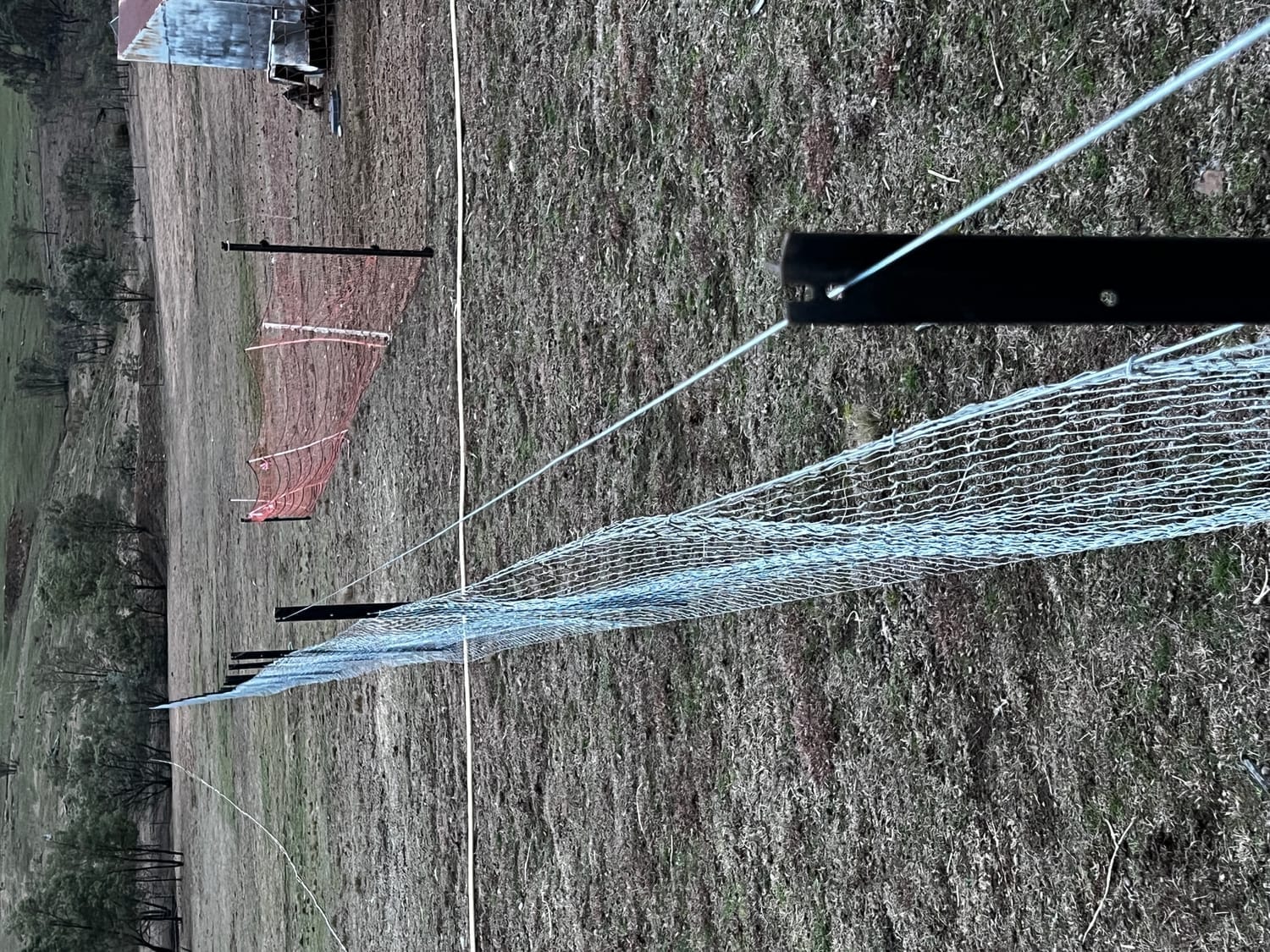
Paddock and Predator Protection
Creating safe grazing areas and protecting your goats from predators are essential aspects of goat care.
Let's explore how to design effective paddocks and implement predator prevention measures.
Secure Gate Options
Gates are often the weakest point in your fencing system. Choosing the right gate and installing it properly is crucial for goat security.
Opt for gates specifically designed for livestock. They should be sturdy and at least as tall as your fencing.
Install gates so they swing inward. This prevents goats from pushing them open.
Use two-way latches that goats can't manipulate. Consider adding a carabiner or chain for extra security.
For more insights on goat-proof gates, check out this article from Goat Farmers.
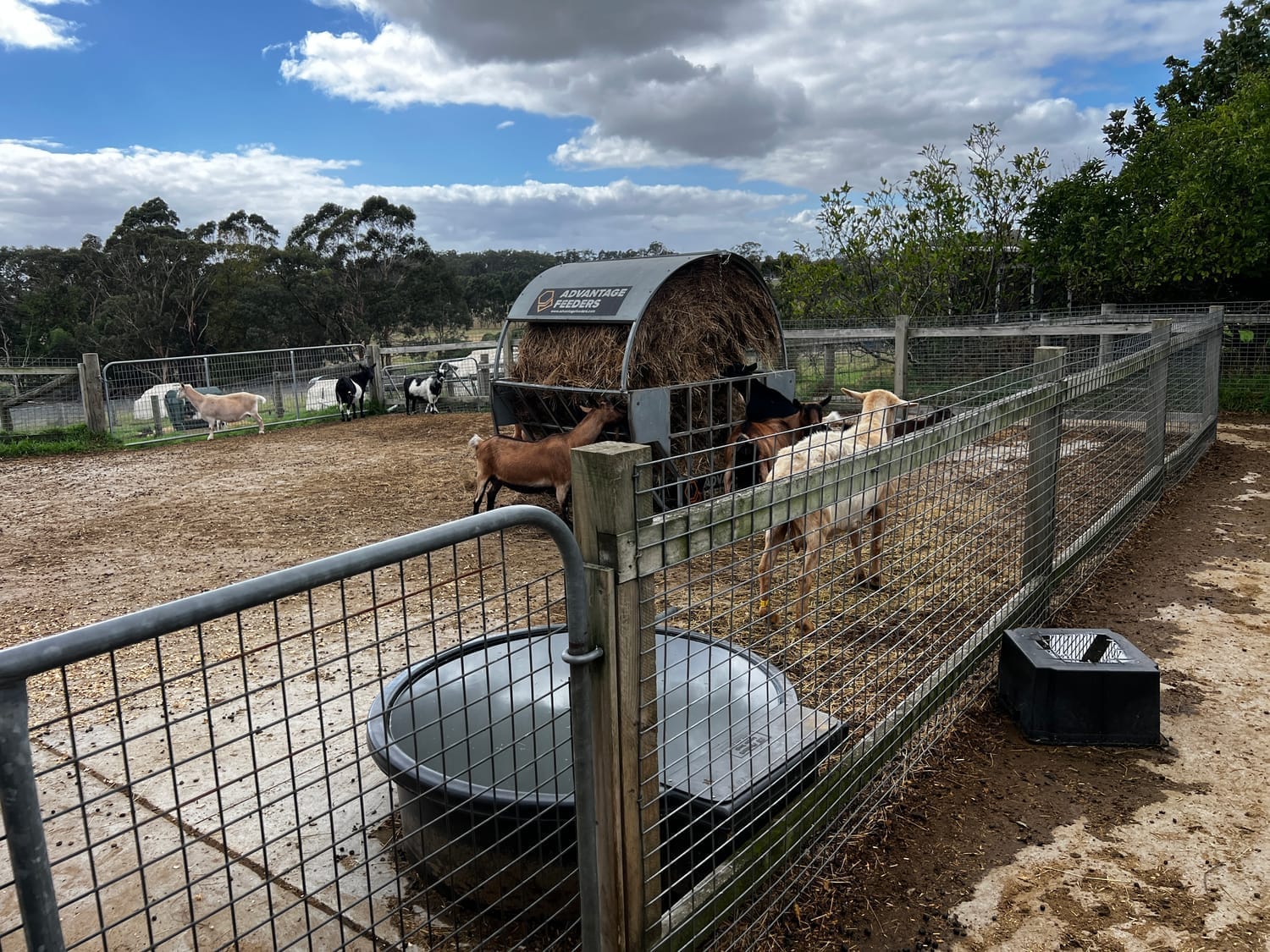
Designing Paddocks for Grazing
Well-designed paddocks promote healthy grazing habits and make pasture management easier. Here's how to create effective grazing areas for your goats.
Divide your pasture into smaller paddocks for rotational grazing. This helps prevent overgrazing and reduces parasite loads.
Ensure each paddock has access to water and shelter. Consider portable options if permanent structures aren't feasible.
Include a variety of vegetation in each paddock. Goats enjoy browsing on different plants and trees.
Plan for easy access between paddocks to simplify moving your goats and managing their grazing schedule.
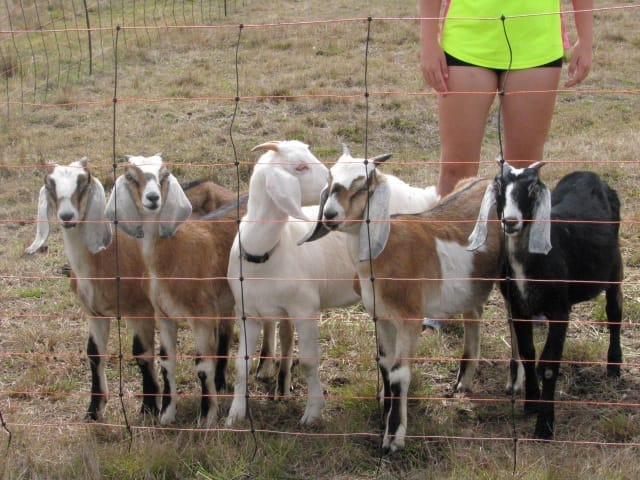
Predator Prevention Measures
Protecting your goats from predators is a critical part of goat care. Implement these strategies to keep your herd safe.
Use guardian animals like dogs, donkeys, or llamas. They can deter predators and alert you to potential threats.
Install motion-activated lights around your goat area. This can startle and deter nighttime predators.
Consider bringing goats into a secure shelter at night, especially during kidding season when they're most vulnerable.
Regularly inspect your fencing for damage or signs of predator attempts. Promptly repair any weak spots.
For additional tips on predator protection, visit Oak Hill Homestead for expert advice.
BY MOJO HOMESTEAD











